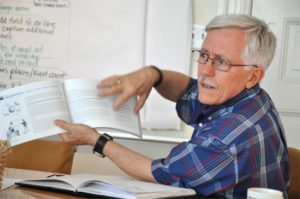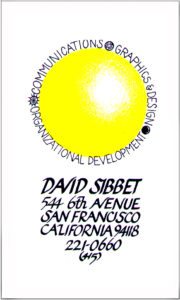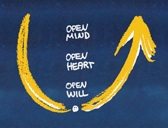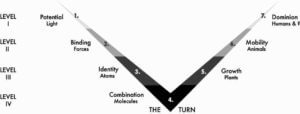Visual Teams Has Arrived—What’s New About It?
My second Wiley book, Visual Teams: Graphic Tools for Commitment, Innovation, & High Performance, arrived in a box at the precise moment we finished a review of our Team Performance System at The Grove’s Quarterly meeting! Needless to say I and our team was pretty exited. Everyone wanted to know what was new in this book that they could talk about.
 Here is my answer.
Here is my answer.
1. New Success Stories: It tells the stories of many high performance teams that used visualization extensively to achieve results. These stories from HP, Otis Spunkmeyer, RE-AMP, Agilent Technologies, the DLR Group, and Gary Hamel’s MLab demonstrate how visual meeting methods can be used over the whole arc of team’s life.

 That was back in 1977 when I set up a personal consultancy focused on organization development, communications, and graphic & design. My logo was a bright yellow spot, looking a bit like a light bulb. Here’s the image. (Note: I don’t live on 6th Avenue any more.)
That was back in 1977 when I set up a personal consultancy focused on organization development, communications, and graphic & design. My logo was a bright yellow spot, looking a bit like a light bulb. Here’s the image. (Note: I don’t live on 6th Avenue any more.)
 The graphic visualization of Theory U is what I would call a “swoop”, a compelling little visual shown here. Why did Arthur M. Young, my teacher about Process Theory, insist process should be visualized as a “turn” or “V?” as illustrated below? In our study group with Arthur we would often argue with folks who wanted to visualize it as a smooth arc rather than 90o.
The graphic visualization of Theory U is what I would call a “swoop”, a compelling little visual shown here. Why did Arthur M. Young, my teacher about Process Theory, insist process should be visualized as a “turn” or “V?” as illustrated below? In our study group with Arthur we would often argue with folks who wanted to visualize it as a smooth arc rather than 90o.
